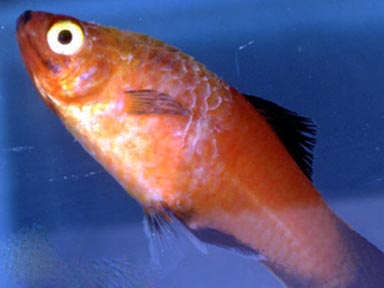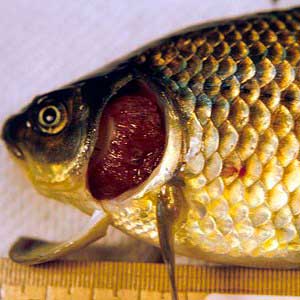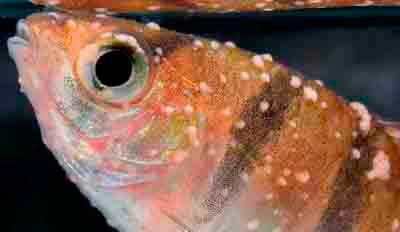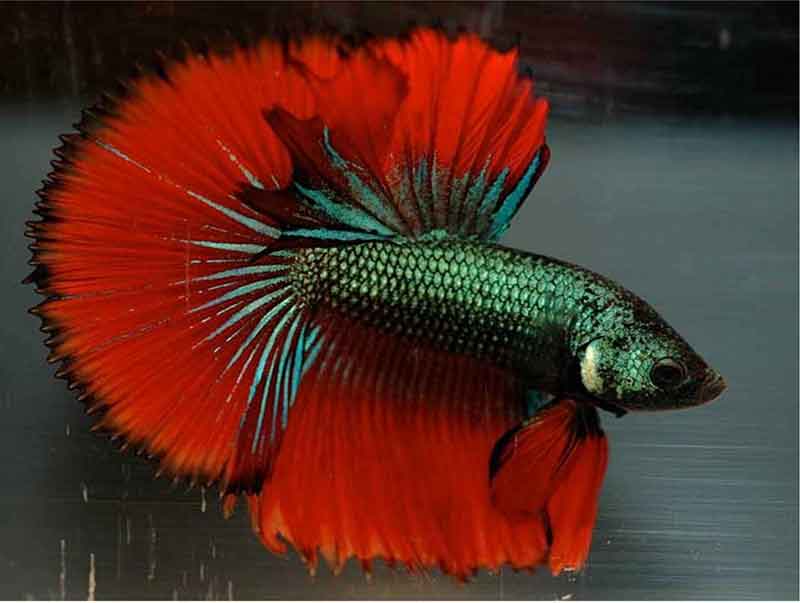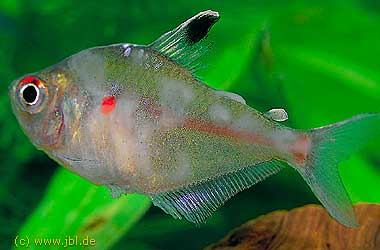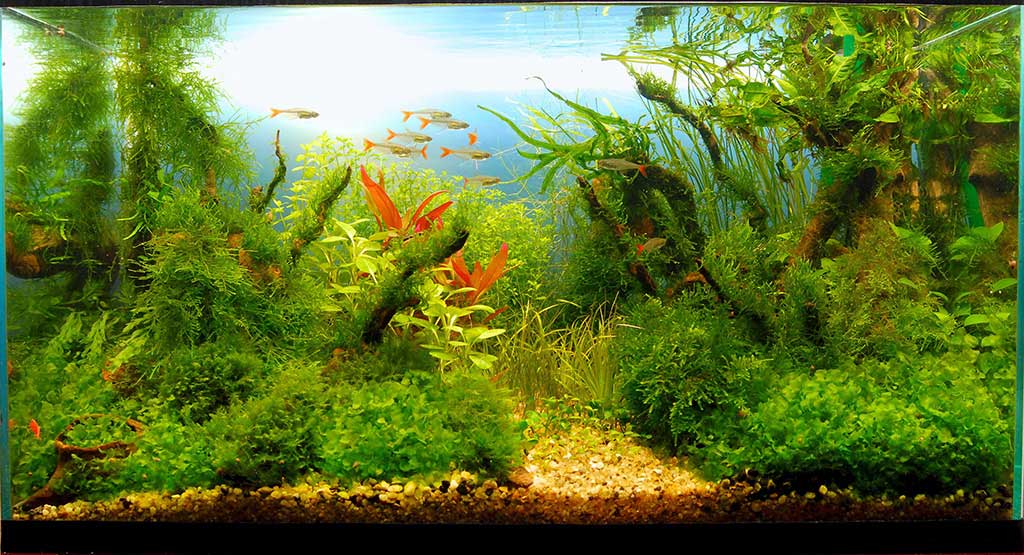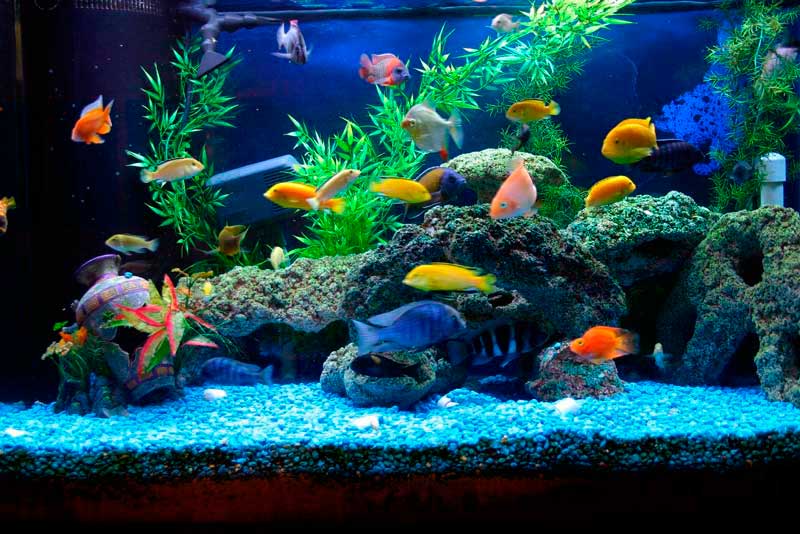Columnariasis in aquarium fish is an infectious pathology, the causative agent of which is the bacterium Flexibacter columnaris. Almost every aquarist sooner or later encounters this disease, often mistakenly thinking it is a fungal infection.
Indeed, without proper experience, columnariasis is easily confused with fungus, because the affected areas of the fish body are covered with cotton wool-like formations of grayish color. Difficulty in making a diagnosis makes columnariasis progress and go into a neglected form. Therefore, aquarists should know that fungal lesions are white in color and visually less rough. In addition, the development of bacterial lesions in fish is prolonged in time.
Conditions for the spread of columnariasis
The most favorable for the spread of columnariasis is the environment of freshwater aquariums, where the temperature is high. It is this circumstance that allows these bacteria to infect fish. At an aquarium water temperature of about 30 degrees Celsius, you can observe an avalanche of multiplication of Flexibacter columnaris.
Aquarium fish can be carriers of the causative agent of columnariasis, but do not get sick. For the pathology to develop, it is necessary for the immune system of the fish to weaken under the influence of negative environmental factors. However, the carrier of the infection is no less dangerous than a sick fish. Since it will contribute to the production of pathogenic bacteria in huge quantities. This will have a detrimental effect on the other inhabitants of the aquarium.
Columnariasis can develop without visible clinical picture, which is extremely dangerous, because in this case, in a matter of days, the mortality of fish in the aquarium can become total. It should be known that the rate of spread of infection can be negatively affected by such factors as small aquarium volume and overpopulation.
Usually, in order to activate the defense mechanisms in fish, as well as to increase the level of metabolism, when treating various pathologies, it is recommended to increase the water temperature both in the quarantine tank and in the general aquarium. However, in the case of treatment of columnariasis, it is not worth doing so. If the infection has affected the gills of the fish, it will already experience oxygen deprivation. And, as you know, when the temperature rises, the proportion of oxygen in the water is significantly reduced. This will only aggravate the situation, as the fish risk suffocating long before they receive the necessary treatment.
Columnariasis symptoms
The clinical picture of columnariasis is represented by symptoms such as clamped fins, apathy, jerky movements and hanging in place. It can be seen that sick fish prefer to stay in the upper layers of aquarium water, often grabbing atmospheric air with open mouth. Oxygen deprivation causes the gill covers to move more actively than usual.
At the first stages of the pathology, gray-colored formations are formed near the mouth of the fish. The same picture can be observed on the head, gills and fins. In the neglected case, the inner surface of the oral cavity is involved in the lesion.
Visually, the areas of the fish body affected by the bacteria resemble moss. However, in some cases, the scales of the fish may simply turn white in the area where the bacteria has spread. Without immediate action, the bacterial spot begins to increase significantly in size, gradually engulfing the entire body of the fish. A little later, the skin begins to break down, exposing the muscles.
Columnariasis is also dangerous because it creates a favorable environment for the emergence of secondary infections. For example, in some cases, bruise-like formations may form on the body of the fish. They are also capable of eating the skin, forming numerous wounds. It is in such places that various fungi find a favorable environment for their development.
Columnariasis affects the gills, which can be judged by the change in their color. Usually due to destructive changes in the gill filaments, the color changes to dark brown. The deep lesion of bacteria in the internal organs of fish eloquently testifies to exophthalmos. It occurs due to the accumulation of excessive amounts of fluid in the eyes.
Treatment of columnariasis
If the first symptoms of a bacterial infection are detected, treatment should be started immediately. Otherwise, the infection may spread to all fish in the aquarium. This will greatly hinder their early recovery. However, if even the characteristic clinical picture of columnariasis was found only in a few fish. It is not necessary to put them in a separate container and individual treatment. It is much more prudent to do this in a common aquarium. Because even apparently healthy fish can be carriers of the infectious agent.
Before starting treatment, it is necessary to check the chemical parameters of the aquarium water. If necessary, the water should be softened and slightly acidified, because in such an environment the bacteria that cause columnariasis will feel very uncomfortable. However, it should be done smoothly, closely monitoring the condition of the fish. Otherwise, a sudden change in the chemical parameters of the water can provoke a shock in them.
Methylene blue and antibiotics are added to the aquarium water to fight the infection. In this way it is possible to achieve the destruction of the bacteria not only on the skin of the fish, but also on their internal organs.
Prevention
For preventive purposes, all newly acquired aquarium fish must be quarantined before being placed in a common aquarium. All this time should be carefully observe them. And especially for those individuals who are broken away from the general flock. If the fish presses the fins to the body or hangs out for a long time in the upper layers of aquarium water, it will be better to get rid of it.
In a pet store, carefully examine all the inhabitants of the tank from which the fish will be bought. If at least one individual raises doubts, it is better to refuse the purchase. You can be sure that in this aquarium all fish are affected by columnariasis, especially if you take into account the rate of spread of infection and crowded content.
You should also adhere to the rules and regulations of zoohygiene in the home aquarium and do not allow it to overpopulate with fish. This phenomenon can often be observed in the aquariums of beginners who buy fish without any control. It should be remembered that crowding is the main friend of columnariasis.
